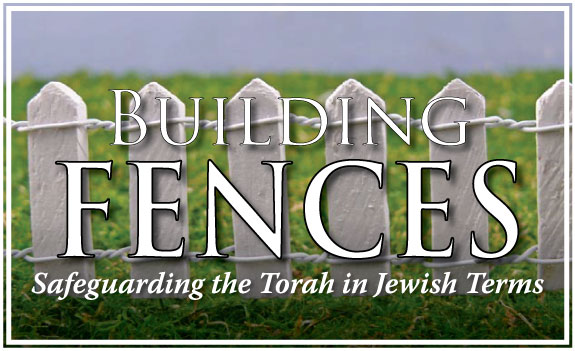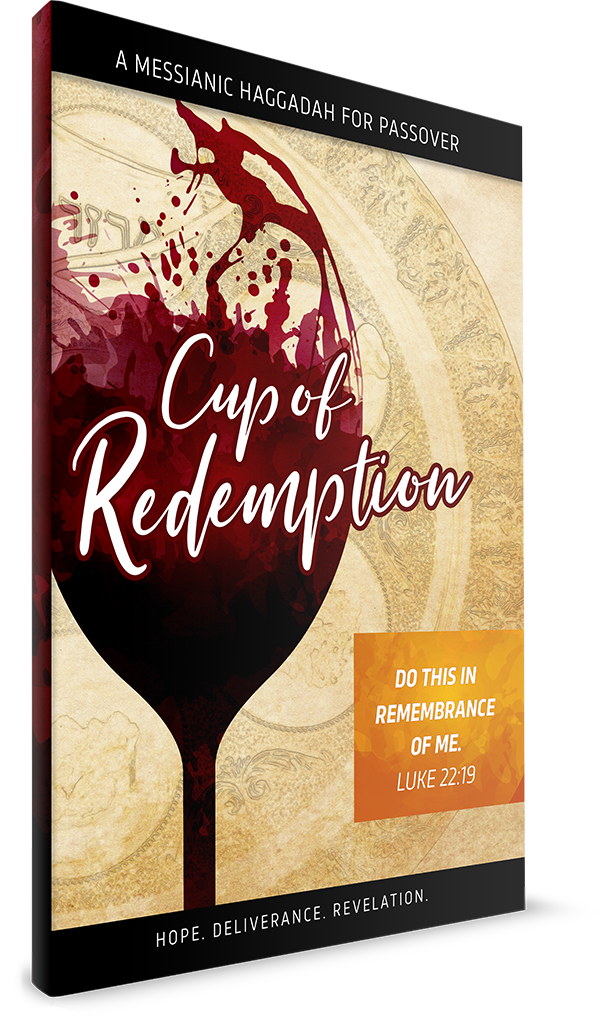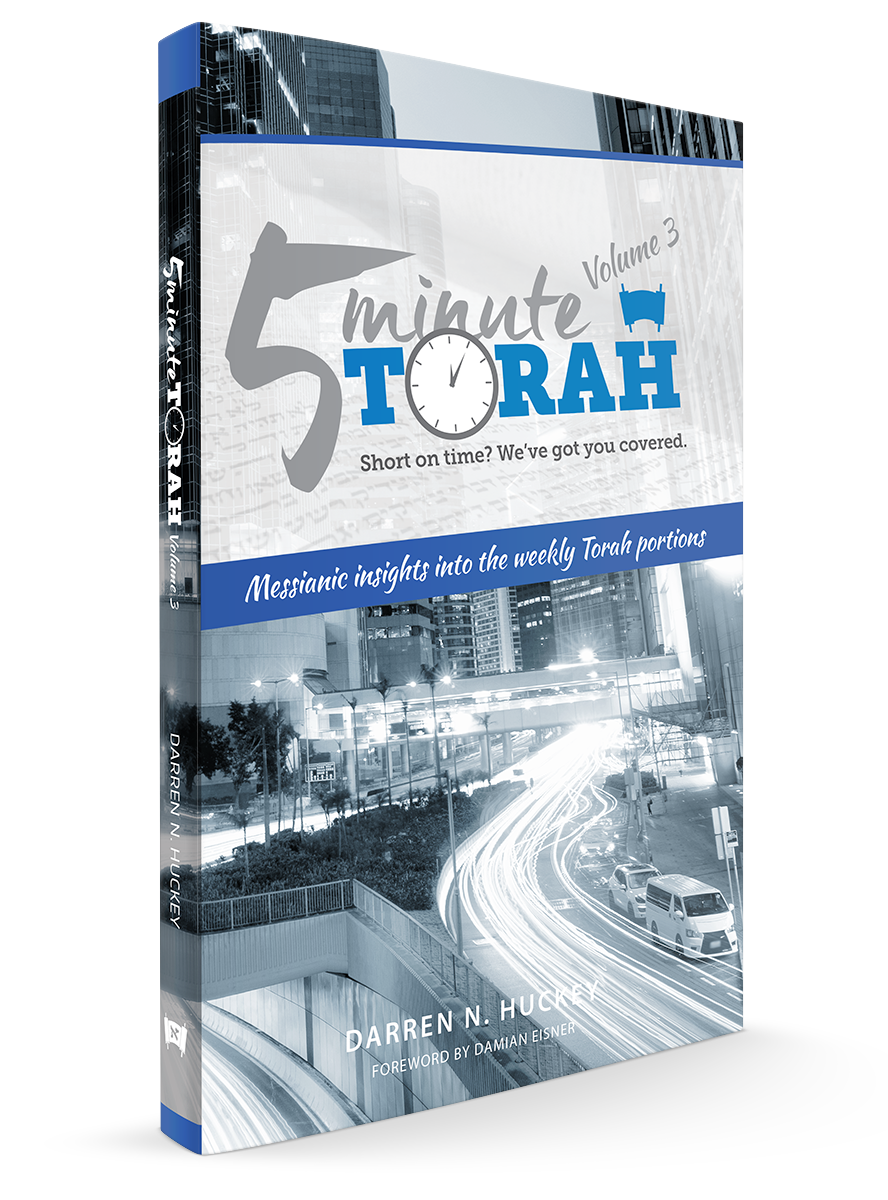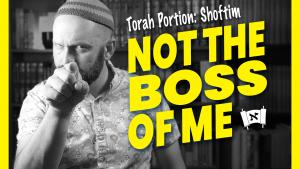Building Fences

The problem with fences, they say, is that not only do they keep some people in, but they keep others out. While this is definitely true, and regarding this principle one should definitely exercise caution, we should not, however, “throw the baby out with the bath water.” While some fences are built to the extreme (i.e. you don’t need a 20 ft fence to keep your dogs in the yard), a properly built fence keeps in the children and pets, keeps out the unwanted solicitors & predators, and maintains a healthy relationship with the neighbors. It’s the same with Torah. The fence must be built properly in order to merit its usefulness.
According to Pirkei Avot (1:1), the Men of the Great Assembly commissioned their disciples to “build a fence around the Torah.” This principle of building a “fence” around Torah is based off of Leviticus 18:30, which states, “You shall safeguard My charge not to do any of the abominable traditions that were done before you...” as well as various other passages. The children of Israel were to guard against falling to the lure of sin by doing whatever it took in order to ensure that not even one of the least of the commandments was broken. Lest they become negligent in their observance, certain regulations were set in place to ensure the protection of the commandments. These “fences” served as a safeguard and means of protection for not only the Torah, but also for the individual who might haphazardly violate one of the commandments and therefore come under subjection to the consequences thereof.
How can we understand this? To what can the matter be compared? It can be compared to a father who wanted to keep his young son from falling into the ravine behind his house. What did he do? He built a sturdy fence back away from the edge of the slope to protect his son from wandering too near the edge and sliding down and injuring himself. Was the father’s intent to squash the boy’s freedom or to protect him from harm? It was to safeguard the child from the potential of injury. The same is true with a fence built properly around the Torah.
Christian Fences
Over the ages, Christianity has established fences for its adherents for similar reasons. Depending on the stringency of the denomination, these regulations ranged from the prohibitions of alcohol and tobacco to that of movies and makeup. The logic works like this: The Bible warns against the dangers of drunkenness; alcohol causes drunkenness, therefore ban alcohol. It’s the same argument to which the anti-gun laws are aimed: We shouldn’t be killing people; guns kill people, therefore ban guns. The difference is that within a country such as the United States, a law can be repealed, overthrown, or modified. There are no such means by which to repeal biblical laws, since all of the laws of the Bible were divinely given and are in no need of correction.
The Blue Laws, which are still active in many states, are a vestigial of such reasoning. For example, at the time of this writing, the sale of both alcohol and automobiles is still prohibited on Sundays in several states. These are laws which were put into place to try to remind the public that there is one day a week which is different from the rest. It was an attempt to maintain an aspect of holiness for that day. 1 Unfortunately, when these laws were instituted, they were no longer “fences” but laws created by men which were competing with the biblical canon for importance. And since there was no distinction between these “fences” and the biblical commands — the laws of men were placed on equal or higher ground than the Scriptures — we have seen the same response to these regulations as Jesus had with the Pharisees of his day.
Fences as Safeguards
The true definition of a “fence,” according to this teaching, is something which functions more like a string around one’s finger which is there as a reminder of something more important. Rather than the wearing of a string being the ultimate objective, it was merely a means by which a greater good would be achieved. There are many fences, however, that would be considered wise and even beneficial. Consider the fences set in place by parents who wish to protect the innocence of their children. Some make it a rule that children cannot be alone in a room with another adult or child. Most have the rule of their children not accepting gifts, not riding with or even speaking to strangers. “Stranger danger” is how it is often termed. These rules are designed to protect the child rather than restrict her freedoms. But when we are merely wearing a string for the sake of wearing a string — or when the child grows to an adult and continues to refuse to speak to those whom she does not know — then the original purpose has been lost.
We must also keep in mind another key principle. There is a difference between making a “fence around Torah” and clearly defining a commandment of Torah. “Fences” do not define or interpret the commandments of Torah. As stated previously, they are additional restrictions which safeguard against the violation of a particular commandment. For example, many people who do not understand this principle believe the Jewish interpretation of kosher is merely comprised of “fences” which have been built for the purpose of making the observance of Torah more stringent than the original commandments, and therefore more difficult to follow. Aaron Eby explains by saying:
Three times in the Torah the instruction is repeated, “You shall not boil a young goat in its mother’s milk” (Exodus 23:19; 34:26; Deuteronomy 14:21). This commandment is carried over into traditional Jewish practice as a complete separation of all meat and dairy products.
This issue is often taken to exemplify the difference between “biblical” and “rabbinic” kosher. The difference between the English translation of the verse and normative kosher law is so stark that many people perceive it as a classic example of a non-biblical rabbinic ruling. 2
Shortly after this, he addresses this issue specifically by telling us:
Rabbinic rulings are set in place for various reasons, the most common being in order to prevent the likely transgression of a biblical law… One might think that the sages instituted an additional law separating meat and dairy as just such a buffer. It would seem that the intention of separating the two was to prevent a scenario in which a young goat might actually be boiled in the milk of its mother. However, the sages do not see the separation of meat and dairy as an additional “fence” at all. Rather, this law is considered “biblical” in its very essence. The sages seem to have felt that the separation of meat and dairy arises from the text itself. (In fact, they do not seem to even know for certain why God prohibited the combination.) 3
In short, the rabbis promoted the establishment of fences to protect the authority of Scripture. The separation of meat and dairy is not one of them, because a fence is not how Scripture is interpreted, but additional regulations to safeguard a particular commandment. A fence in regard to this commandment would be the regulations which determine how much time must pass between consuming meat and consuming dairy so that they cannot be said to have been consumed “together.”
We see this modeled extensively by Jesus in the Sermon on the Mount. In his series of “you have heard it said...but I say...” he models the institution of making fences around Torah. The letter of Torah says, “Do not commit adultery.” The spirit of the Torah says, “More than avoiding the physical act of adultery, do not even let your mind entertain lustful thoughts which cannot and should not be fulfilled.” In making this declaration, Jesus is making a fence around Torah to ensure that his disciples do not violate Torah by merely obeying the literal understanding of the commandments, rather than the Spirit by which they were given. The Spirit of the Torah assumes and includes the Letter of the Torah, but goes above and beyond it. Let us keep the Spirit of the Torah, by protecting it and “building fences” around it just as our Master.
- 1. Although the biblical Sabbath — in both the Old and New Testaments — is the seventh day (Saturday), the observance of a Sunday sabbath, where all labors ceased and emphasis was placed on worship and family, was much closer to recognizing the holiness of the biblical Sabbath than many of our religious institutes today.
- 2. AaronEby, Biblically Kosher: A Messianic Jewish Perspective on Kashrut (Marshfield, MO: First Fruits of Zion, 2012), 88.
- 3. Ibid., 88–89.








